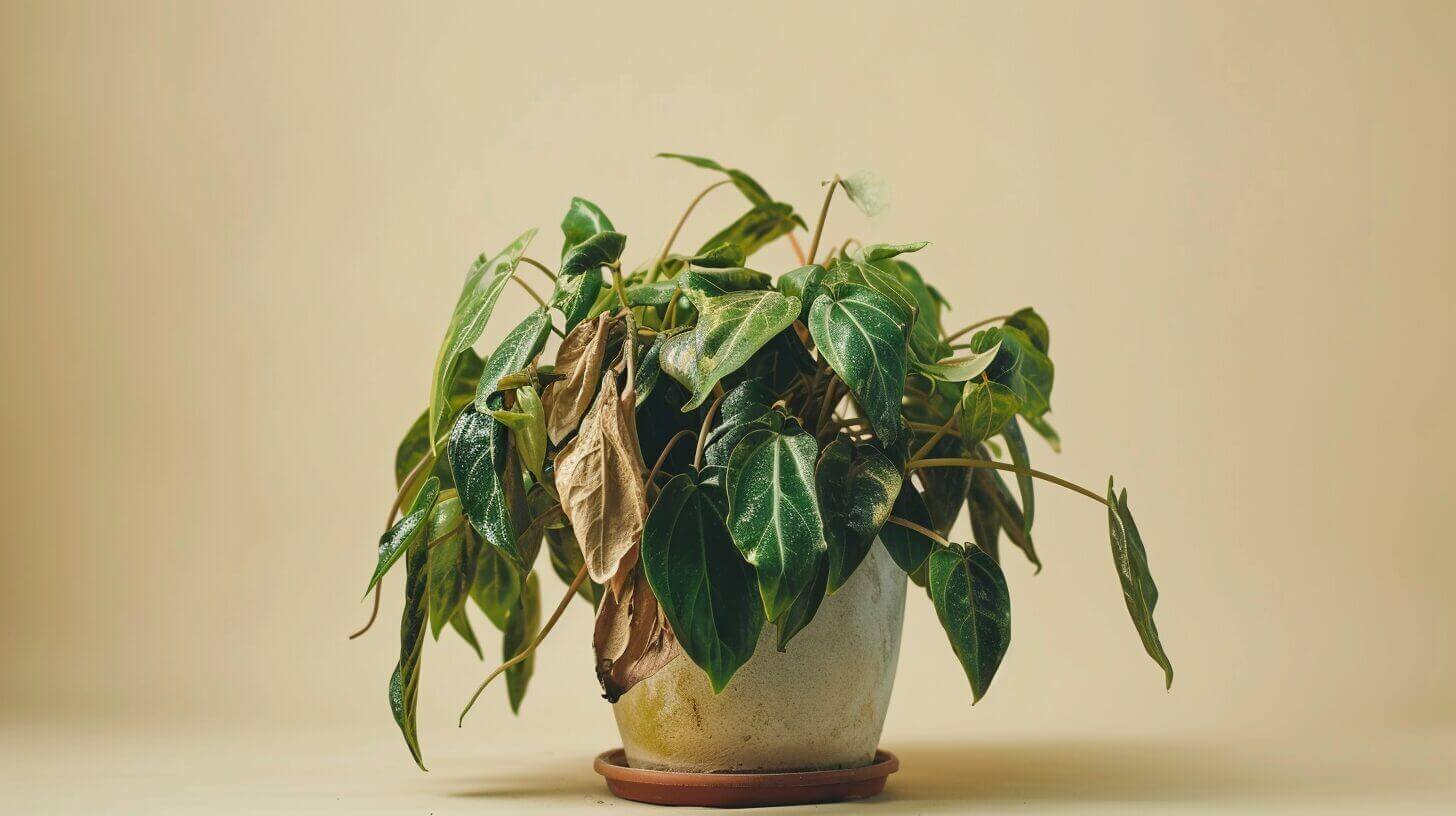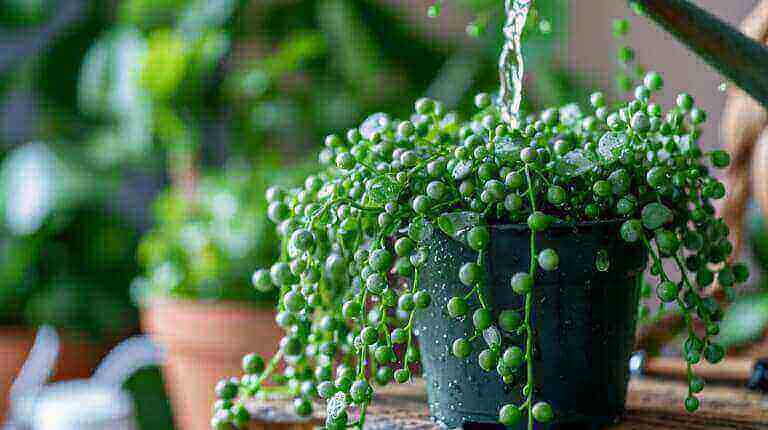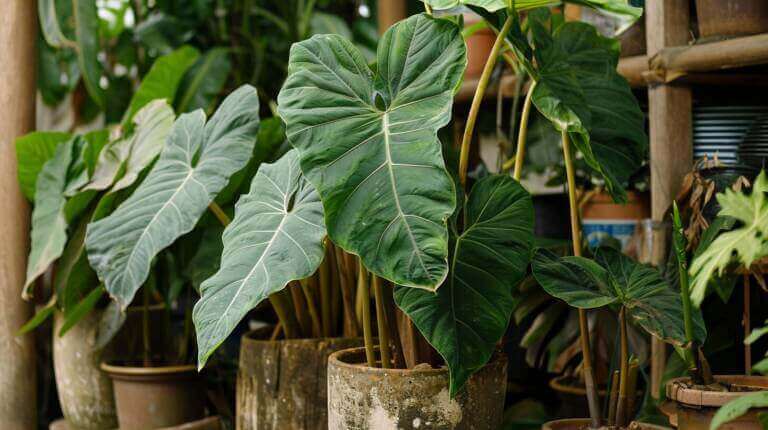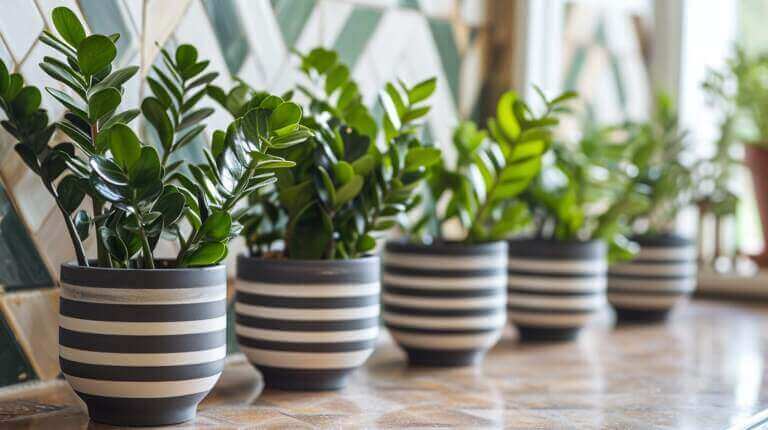Reviving Drooping or Wilting Peperomia Plants with These Quick Fixes
If you’ve noticed your peperomia plants drooping or wilting, don’t worry! There are several quick fixes you can try to revive them and bring them back to their vibrant and healthy state. In this article, I will guide you through the common causes of drooping peperomia leaves and provide you with effective solutions to revive your precious plants.
Key Takeaways:
- Peperomia plants may droop or wilt due to underwatering, low humidity, extreme temperatures, overwatering, or pest infestation.
- Understanding the root cause of drooping leaves is crucial for effective revival.
- For underwatered plants, adjust watering frequency and ensure soil moisture is balanced.
- Low humidity can be addressed by increasing moisture through various methods, such as using a humidifier or misting the leaves.
- Overwatered plants require improved soil drainage, adjusted watering schedule, and repotting in fresh soil.
Understanding the Causes of Drooping Peperomia Leaves
Drooping peperomia leaves can be a cause for concern for plant owners. To effectively revive your peperomia plants, it is important to understand the root causes of wilting. Several factors can contribute to drooping leaves, including dehydration, extreme temperatures, pest infestation, and overwatering.
Dehydration:
Underwatering or low humidity levels can lead to dehydration in peperomia plants. When the soil becomes too dry or the air lacks moisture, the leaves may droop as a result. To address this issue, it is crucial to adjust your watering practices and ensure the soil is consistently moist but not overly saturated.
Extreme Temperatures:
Peperomia plants are sensitive to extreme temperatures. Exposure to excessively high or low temperatures can cause stress to the plant, leading to wilting leaves. It is important to keep your plants in a suitable environment with stable temperatures to prevent drooping.
Pest Infestation:
Pest infestation can also cause drooping leaves in peperomia plants. Common pests that affect these plants include mealybugs, spider mites, and aphids. Regularly inspect your plants for any signs of pest activity, such as webbing, small insects, or yellowing leaves. If pests are detected, take appropriate measures to eliminate them and revive your plants.
Overwatering:
Overwatering is a common mistake that can lead to drooping peperomia leaves. When the roots are constantly saturated, they may become waterlogged and unable to absorb oxygen properly. This can result in wilting and root rot. To address overwatering, ensure that your plants are not sitting in water and adjust your watering schedule to allow the soil to dry out between waterings.
By understanding these causes of drooping peperomia leaves, you can take the necessary steps to revive your plants and prevent further wilting. Stay tuned for the upcoming sections where I will provide specific solutions to address each of these causes and bring your drooping peperomia plants back to life.
Quick Fixes for Underwatered Peperomia Plants
Underwatering is a common issue that can cause peperomia plants to droop. To revive your underwatered plants and bring them back to life, you need to take immediate action and adjust your watering practices. Here are some quick fixes to help you save your peperomia plants:
- Check the soil moisture: Feel the top inch of soil with your finger. If it feels dry, it is a sign that your plant needs water. However, if it feels moist, you should hold off on watering as peperomia plants prefer slightly drier conditions.
- Water thoroughly: When it’s time to water, make sure to soak the soil thoroughly until water drains out of the bottom of the pot. This ensures that the roots receive enough water and helps to prevent further wilting.
- Adjust watering frequency: Underwatered peperomia plants may need more frequent watering. Monitor the moisture levels in the soil regularly and adjust your watering schedule accordingly.
- Use a watering tray or misting: To provide extra humidity for your underwatered plants, you can place the pot on a tray filled with water and pebbles. As the water evaporates, it increases the humidity around the plant. Alternatively, you can mist the leaves occasionally to increase humidity levels.
Table: Signs of Underwatering in Peperomia Plants
| Signs of Underwatering | Description |
|---|---|
| Wilting leaves | The leaves may appear droopy and wilted, indicating dehydration. |
| Dry soil | The top layer of soil feels dry to the touch. |
| Yellowing leaves | Leaves may turn yellow and start to drop off. |
| Stunted growth | Underwatered plants may show slower growth or fail to produce new leaves. |
Fixing Drooping Peperomia Due to Low Humidity
Low humidity can cause peperomia leaves to droop, but there are several ways to increase humidity and revive your plants. Providing adequate humidity is essential for the overall health and well-being of your peperomia plants. Here are some effective methods to improve humidity for indoor plants:
- Use a humidifier: Investing in a humidifier is a great way to increase humidity levels in your home. Place the humidifier near your peperomia plants to create a moist environment that will help prevent drooping leaves.
- Water tray with pebbles: Fill a tray with water and place pebbles or stones on top. Then, position your peperomia plants on the tray, ensuring that the pots are not directly in contact with the water. As the water evaporates, it will create humidity around the plants.
- Mist the leaves: Regularly misting the leaves of your peperomia plants can help increase humidity. Use a spray bottle filled with water and mist the plants, focusing on the underside of the leaves where moisture is needed the most.
- Group plants together: Grouping your peperomia plants together can create a microclimate with higher humidity. As plants release moisture through transpiration, the surrounding air becomes more humid, benefiting all plants in the group.
Table: Comparison of Methods to Increase Humidity for Peperomia Plants
| Method | Description | Effectiveness |
|---|---|---|
| Humidifier | A device that emits water vapor to increase humidity levels in the surrounding area. | High |
| Water tray with pebbles | A tray filled with water and pebbles or stones on which the plants are placed, allowing water to evaporate and create humidity. | Moderate |
| Misting the leaves | Spraying water onto the leaves of the plants to provide immediate moisture and increase humidity. | Low |
| Grouping plants together | Arranging multiple plants in close proximity to create a microclimate with higher humidity levels. | Moderate |
Each method offers its own benefits and effectiveness, so you can choose the one or combination of methods that works best for your specific needs and environment. Remember to consider factors such as the size of your plant collection, available space, and personal preferences when deciding how to increase humidity for your peperomia plants.
Solutions for Overwatered Peperomia Plants
Overwatering is a common cause of drooping peperomia plants. Fortunately, there are several steps you can take to fix your overwatered plants and bring them back to health. By addressing the root cause of overwatering and providing proper care, you can revive your peperomia plants and promote new growth.
Signs of Overwatering in Peperomia Plants
Before diving into the solutions, it’s important to identify the signs of overwatering in your peperomia plants. Look out for leaves that are yellowing, wilting, or falling off easily. The soil may also be constantly wet or soggy, and you may notice an unpleasant odor. These are all indications that your plants have been overwatered and need immediate attention.
How to Fix Overwatered Peperomia Plants
To fix overwatered peperomia plants, follow these steps:
- Assess the soil moisture: Check the moisture level by sticking your finger about an inch into the soil. If it feels wet or soggy, it’s a sign of overwatering. Allow the soil to dry out before watering again.
- Adjust the watering schedule: Overwatering often occurs due to excessive watering frequency. Create a proper watering schedule for your peperomia plants based on their specific needs. Be sure to allow the soil to dry out between waterings.
- Improve soil drainage: Ensure that your plant’s pot has proper drainage holes to allow excess water to escape. You can also improve drainage by adding perlite or sand to the potting mix to promote better water flow.
- Repot the plant: If the roots are severely damaged or rotting, consider repotting your peperomia plant. Remove the plant from its current pot, gently remove any rotten roots, and replant it in fresh, well-draining soil.
| Symptoms of Overwatering | Remedies |
|---|---|
| Yellowing or wilting leaves | Allow the soil to dry out before watering again |
| Constantly wet or soggy soil | Adjust the watering schedule and improve soil drainage |
| Unpleasant odor | Repot the plant, removing any rotten roots and replanting in fresh soil |
Other Remedies for Reviving Drooping Peperomia Plants
Aside from the common causes of drooping peperomia plants like underwatering, low humidity, and overwatering, there are a few other factors that can lead to their wilting. One of these culprits is pest infestation. Pesky critters like spider mites and aphids can wreak havoc on your beloved plants, causing their leaves to droop. To combat this issue, I recommend using organic insecticidal soap or neem oil to eliminate these pests without harming your plants.
Extreme temperatures can also take a toll on your peperomia plants, causing their leaves to droop. If the temperature is too high or too low, your plants may struggle to thrive. To protect them from extreme heat, I suggest moving them to a shaded area or providing them with extra shade using a sheer curtain. On the other hand, if the temperature is too cold, it’s best to bring your plants indoors or shield them with a plant cover to prevent wilting.
Another factor that can result in drooping peperomia plants is repotting shock. When you repot your plants, they may experience stress and temporarily wilt. To minimize this shock, make sure to provide them with proper care after repotting. Keep them in a well-lit area away from direct sunlight, water them as needed, and give them time to adjust to their new environment. With patience and care, your peperomia plants will bounce back from repotting shock and regain their lush appearance.
FAQ
Why is my peperomia drooping after watering?
The most common reason for drooping leaves after watering your peperomia is overwatering. This tropical plant needs a careful balance of water. Too much water can cause root rot and lead to droopy leaves. Always let the plant dry out a bit between watering sessions.
What causes the leaves on my watermelon peperomia to drop?
If the leaves on your watermelon peperomia are dropping, it may be due to a lack of proper care. This could be insufficient light, overwatering, or temperature stress. Keep your peperomia in a well-lit place and follow a regular watering schedule.
Why are the leaves on my peperomia turning yellow?
Yellow leaves can be a sign that your plant is not getting enough light or is being overwatered. It’s important to place your peperomia in a location with bright, indirect light and to water your plant only when the top inch of soil is dry.
What should I do if my peperomia has brown leaves?
Brown leaves can be a sign of underwatering or low humidity. As a tropical plant, peperomia needs high humidity. You can increase humidity by misting the plant or placing it on a tray of pebbles filled with water.
How often should I repot my peperomia?
Peperomia plants generally don’t need to be repotted often. You should only repot your peperomia if it has outgrown its current pot or if the soil has become depleted of nutrients.
Why are the leaves on my peperomia wilting?
If the leaves on your peperomia are wilting, it could be due to overwatering or underwatering. Make sure to water your peperomia plant thoroughly, but allow the soil to dry out between waterings.
What care does a peperomia need?
Peperomia plants need bright, indirect light, well-draining soil, and a humid environment. They should be watered only when the top inch of soil is dry.
Are there different varieties of peperomia?
Yes, there are many varieties of peperomia, including the popular watermelon peperomia. Each variety may have slightly different care requirements, so it’s important to research the specific needs of your plant.







